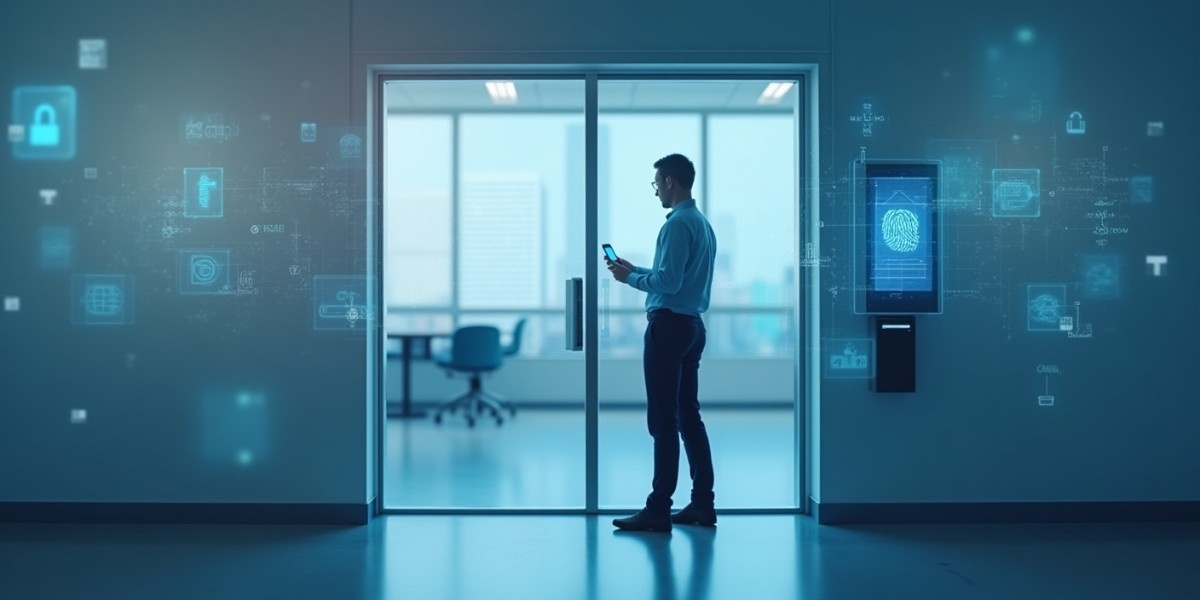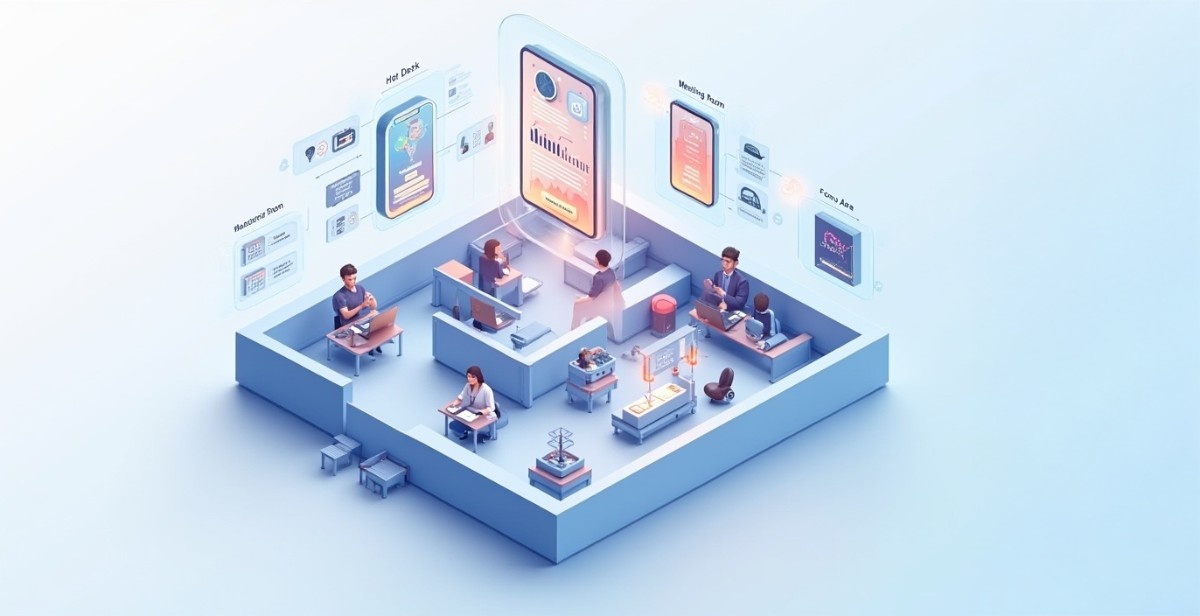“People today really value workplace flexibility and remote work because it allows them to focus their energies on work and life as opposed to commuting or other complications due to geography.” – Ken Matos, Vice President of Research, Life Meets Work
Why are hybrid workplaces the all new hype?
Due to the rise of covid 19, the main concern is to bring back employees to the office, and the hybrid workplace is the new solution. Offering flexibility and safety to employees based on the lessons of the pandemic, it combines responsibilities that can be done better remotely and in an office environment that increases employee efficiency and productivity.
The hybrid workplace prioritizes the employees, stimulates a better work-life balance, and helps ease stress and anxiety employees might have related to their well-being on returning to the office. Transitioning to a hybrid workplace means going that extra mile in order to meet employee expectations, introduce flexible work policies, connect a more distributed workforce, and provide tools for employees to be innovative and work together to solve real-time problems.
However, many are realizing that when it comes down to how, where, and when their employees work, “normal” may be a thing of the past.
The reason why the hybrid model has strong support is due to the fact that it offers major important benefits for employees and employers alike. In a study, employees mentioned a better work-life balance, greater health care benefits, and schedule control as key benefits.
The drastic shift from in-office to remote work has opened our lives to families, and for many remote work gave them an ability to be their full authentic selves and increase productivity.
Many people agree that while telecommuting has its own advantages, having access to an office space is crucial – 87% of employees say the office is important to boost creativity and team collaboration, and 68% of executives agree to a fact that a typical employee should be in the office at least three days a week to maintain steady development of the workforce.

What is the real litmus test of a successful hybrid workplace?
The most important thing is to know when and where employees are at their highest potential.
Many of the employees say and believe that their employer doesn’t care about work-life balance, and a majority of them feel exploited and exhausted.
Every enterprise must overcome the greatest obstacle to returning to work—employee experience. The employee experience is also essential to build greater engagement levels, positive company culture, and a high-value brand.
This hybrid model is expected to be the norm going forward and employers need to consider how they can change the company’s culture and arrange the office environments to accommodate it. Most employees expect to work in an office space accommodating social-distancing norms to be assured of their safety and health.
One way to think of workplace experience is as an ever-evolving humanistic approach made up of everything to help people understand and use the advancements in their workplace efficiently.

Why is employee experience more crucial than ever?
employee experience definition on three factors: the physical environment, the technology, and the culture, which is typically applied to cover that journey from need to want to be at an organization.
The office continues to be a key part of the modern employee experience, but leaders in the workplace must reassess its purpose.
That means shifting to a more flexible arrangement considering how individuals’ needs have changed positively increases employee engagement depending on their role. It also means ensuring your infrastructure, technology, and cultural policies continue to support and encourage all types of employees.
Employees should have self-service, web-based mobile tools that make it easy for them to find what they need fast and reserve it, which in turn gives rise to employee satisfaction.
The new employee experience is highly dependent on individual needs. Whilst informal conversations and employee questionnaires can offer some insight into your workforce requirement, workplace flexibility works best when implemented to address both employees’ needs for work/life support and a firm’s needs for increased efficiency and productivity.
To gather enough data to make these decisions, however, you need the right tools and technology in place. Based on the data gathered, you can adjust your workplace infrastructure and amenities accordingly. Occupancy data can be incredibly valuable, but only if you can see it in relation to your individual buildings, floors, rooms, and desks. This data gives you real-time, daily insights into how spaces are used so you can act on that data quickly by reconfiguring floor plans to optimize space utilization.
Collaboration was simpler when most employees spent the majority of their time in the office. Today, it involves more coordination between employees in different locations and time zones. Social media enterprises have people more accessible and connected.

What are the tools that can improve the employee experience?
To revolutionize your workspace, employees need solutions that help them find and reserve preferred workspaces or available meeting spaces when they need them, invite coworkers, and get tech support at their fingertips.
Easy-to-use maps and navigators through the physical workplace can improve workplace experiences significantly. Making a space easy to navigate through advanced indoor wayfinding, accessible digital signage, interactive meeting room scheduling system and status boards help employees feel more confident in their space, leading to increased employee engagement and productivity.
For e.g. let’s consider hot desk booking software. If employees are assigned a different seating space each time they walk into the office or have to share their resources, they become resistant to the practice. Everyone likes to have their own choice to book a personal space. There’s a reason why most employees prefer to personalize their space rather than being assigned a desk.
Employees post covid have different expectations from their employers while HR managers look at different policies for implementation and effective use of workplace flexibility.
The quality of your employees’ digital workforce experiences has a great influence on overall workplace experience levels.
Implementing workplace technology can be one of the most successful strategies when it comes to improving the employee experience and increased productivity.
As organizations seek to “what’s next” after the pandemic, many have realized that the hybrid approach is the way forward. Business executives who take extra steps to ensure that they’re making hybrid arrangements in consideration with the covid 19 norms will be well-placed to succeed in the post-COVID era. the sooner companies develop a hybrid plan for everybody, the sooner we can all start a seamless transition into that “new normal.”
A hybrid workplace enables workers to work where they feel most productive and to work with flexibility. The main objective of effective hybrid workplaces is to ensure your workers are efficient and committed, no matter where they work.
The key to this challenge is that employees must have devices and tools that support the hybrid approach effectively, so they can be completely productive wherever they work. That is where Veris steps in. We provide adaptable and configurable workplace automation tools that help you reach your business goals.
So pick up that smartphone and let our experience specialist take your workplace woes away. Schedule a demo today!






































.avif)
.avif)





